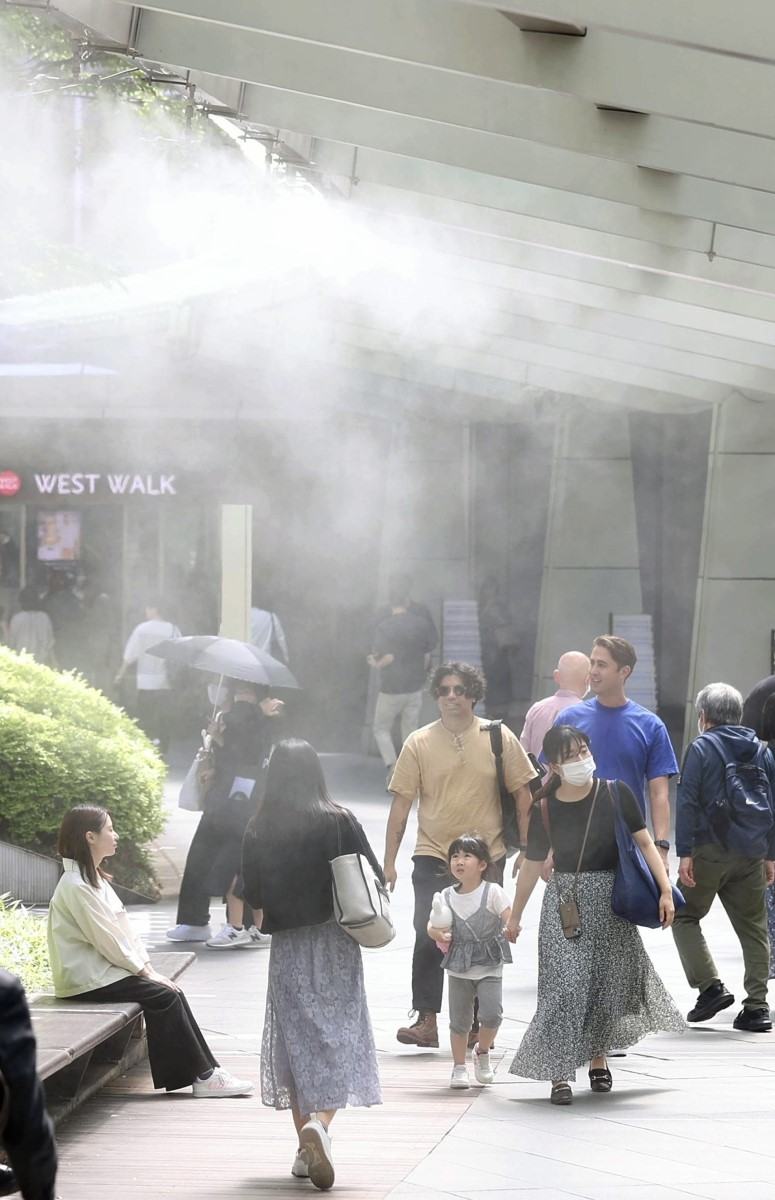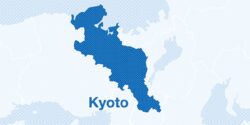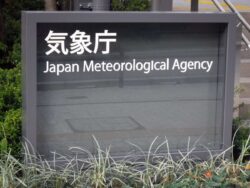Risk of Heat Wave in Japan Higher Than Usual July-Sept.; Meteorological Agency Calls for Preventative Measures for Heatstroke

People cool off with mist on a sweltering day above 30 C in Minato Ward, Tokyo, in May 2023.
16:34 JST, June 26, 2024
A higher-than-usual risk of a heat wave is expected from July to September as the North Pacific High — a high-pressure system over the Pacific Ocean — intensifies, according to the Japan Meteorological Agency’s three-month weather forecast released on Tuesday.
The agency is calling for measures to prevent heatstroke.
The probability of average temperatures exceeding those of the average year is 50% in northern Japan, 60% in eastern and western Japan, and 70% in Okinawa and Amami. Forecasted precipitation is about the same or higher than the average year in western Japan and about the same level in northern and eastern Japan.
A La Nina phenomenon, in which sea surface temperatures near the equator become cooler than normal, is expected to occur off the coast of Peru, South America, from summer to autumn. As a result, the northwestward extension of the North Pacific High and the northeastward extension of the Tibetan High from the Chinese mainland will strengthen, bringing a possibility that the two will overlap over Japan. Air temperatures tend to increase when a high-pressure system extends to high altitudes.
"Society" POPULAR ARTICLE
-

M4.9 Earthquake Hits Tokyo, Neighboring Prefectures
-

Israeli Tourists Refused Accommodation at Hotel in Japan’s Nagano Pref., Prompting Protest by Israeli Embassy and Probe by Prefecture
-

M7.5 Earthquake Hits Northern Japan; Tsunami Waves Observed in Hokkaido, Aomori and Iwate Prefectures
-

Tsukiji Market Urges Tourists to Avoid Visiting in Year-End
-

High School in Kyoto Says Students Shoplifted during Recent School Trip to Bali, Indonesia
JN ACCESS RANKING
-

Tokyo Economic Security Forum to Hold Inaugural Meeting Amid Tense Global Environment
-

Keidanren Chairman Yoshinobu Tsutsui Visits Kashiwazaki-Kariwa Nuclear Power Plant; Inspects New Emergency Safety System
-

Imports of Rare Earths from China Facing Delays, May Be Caused by Deterioration of Japan-China Relations
-

University of Tokyo Professor Discusses Japanese Economic Security in Interview Ahead of Forum
-

Japan Pulls out of Vietnam Nuclear Project, Complicating Hanoi’s Power Plans























